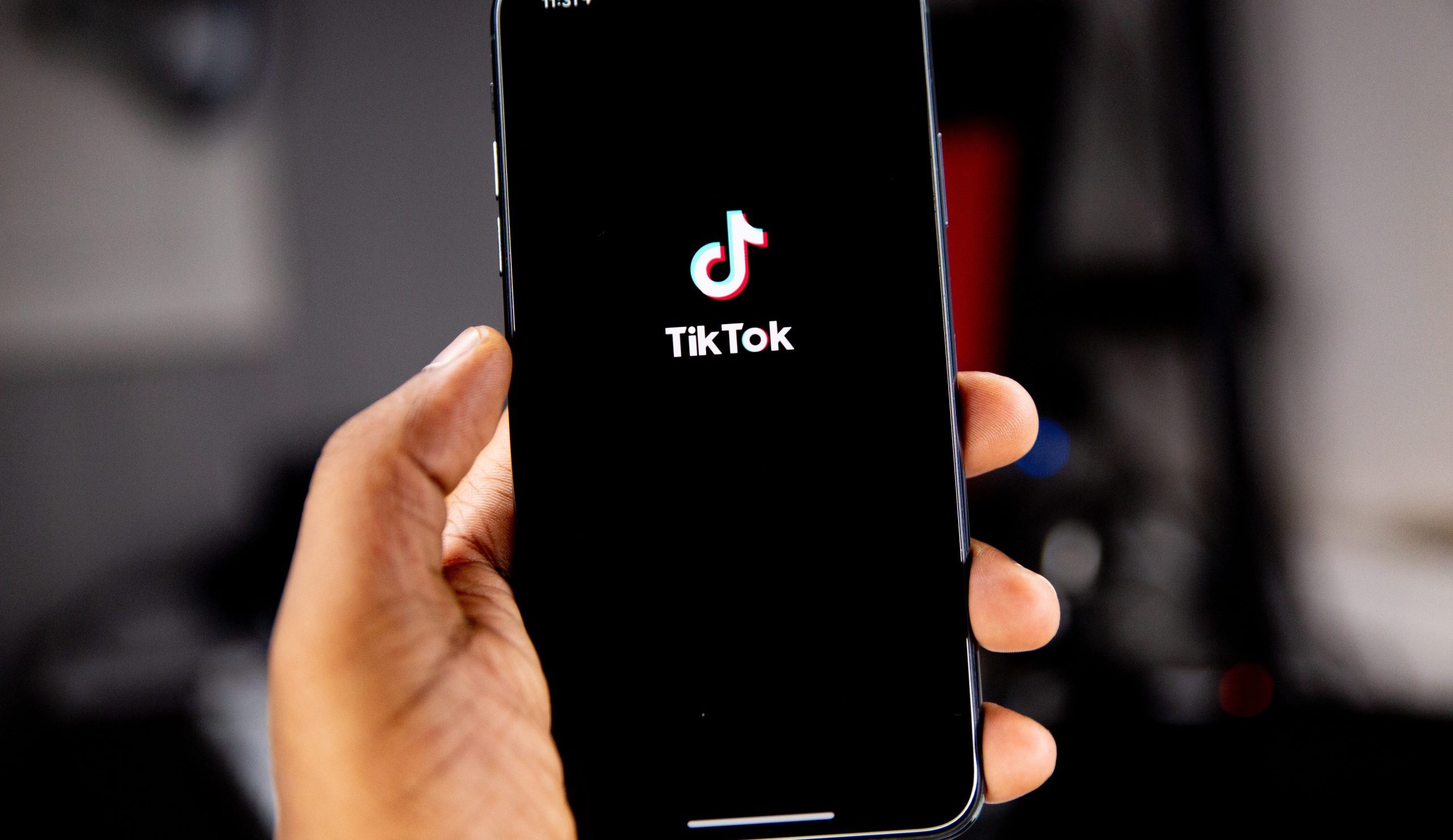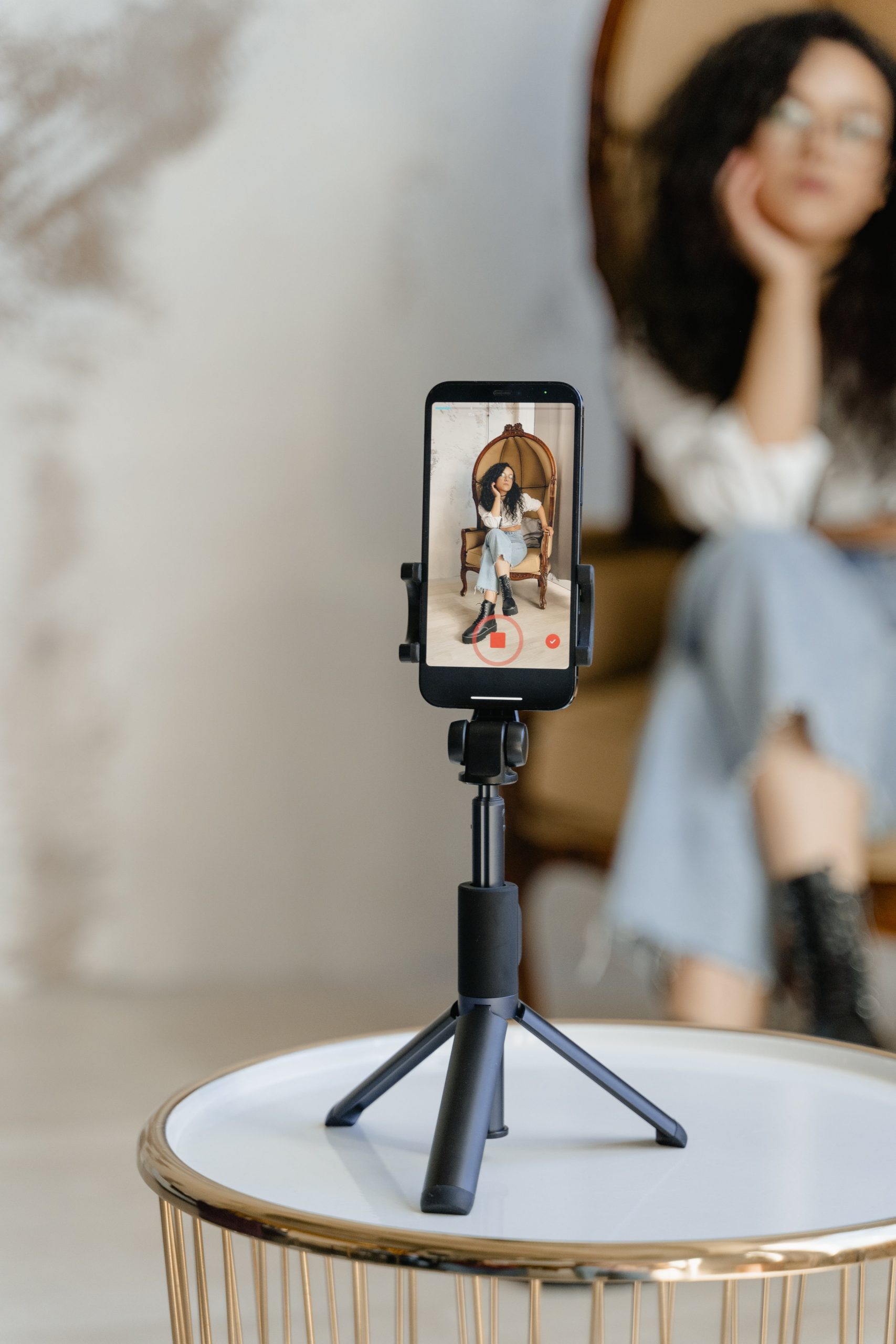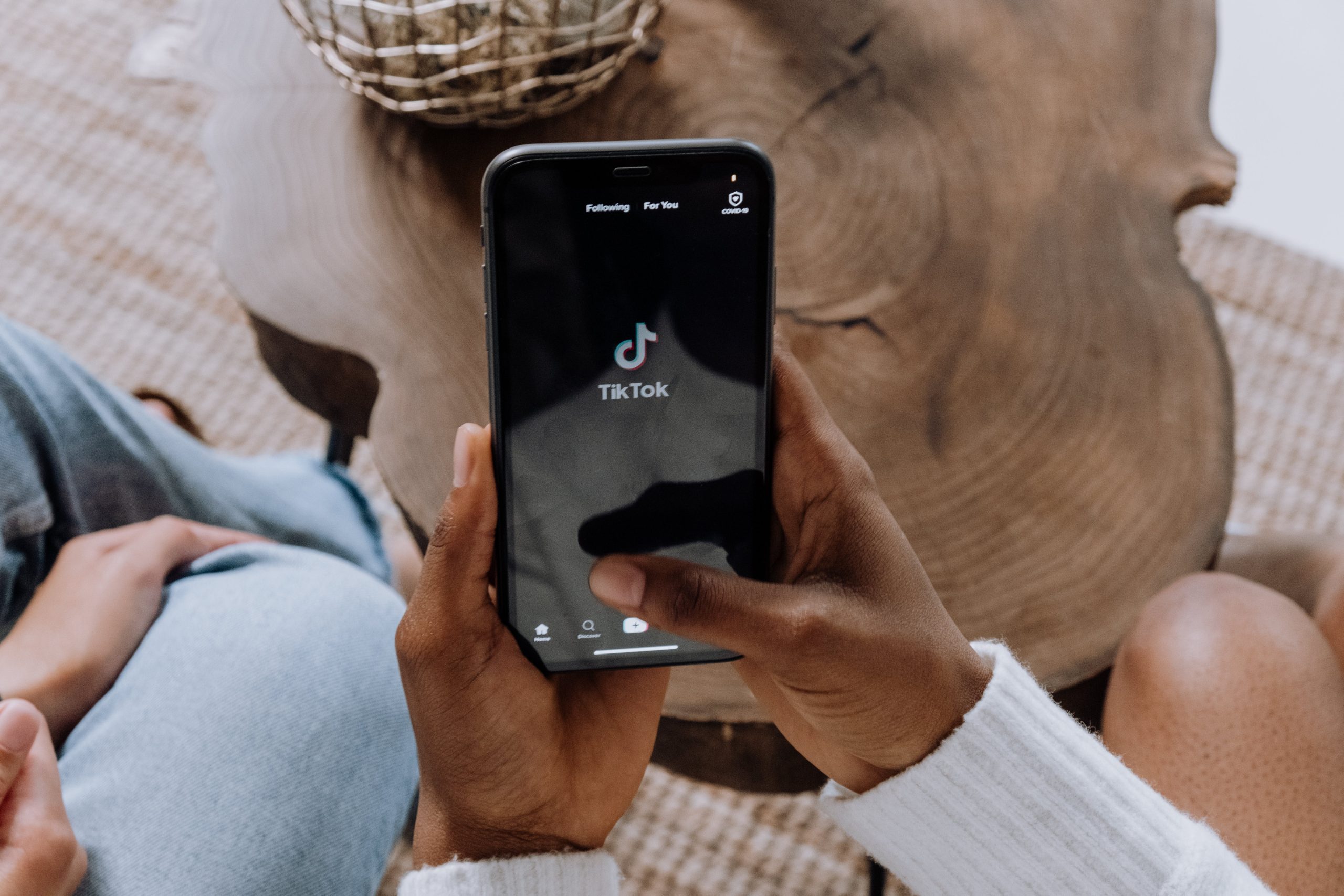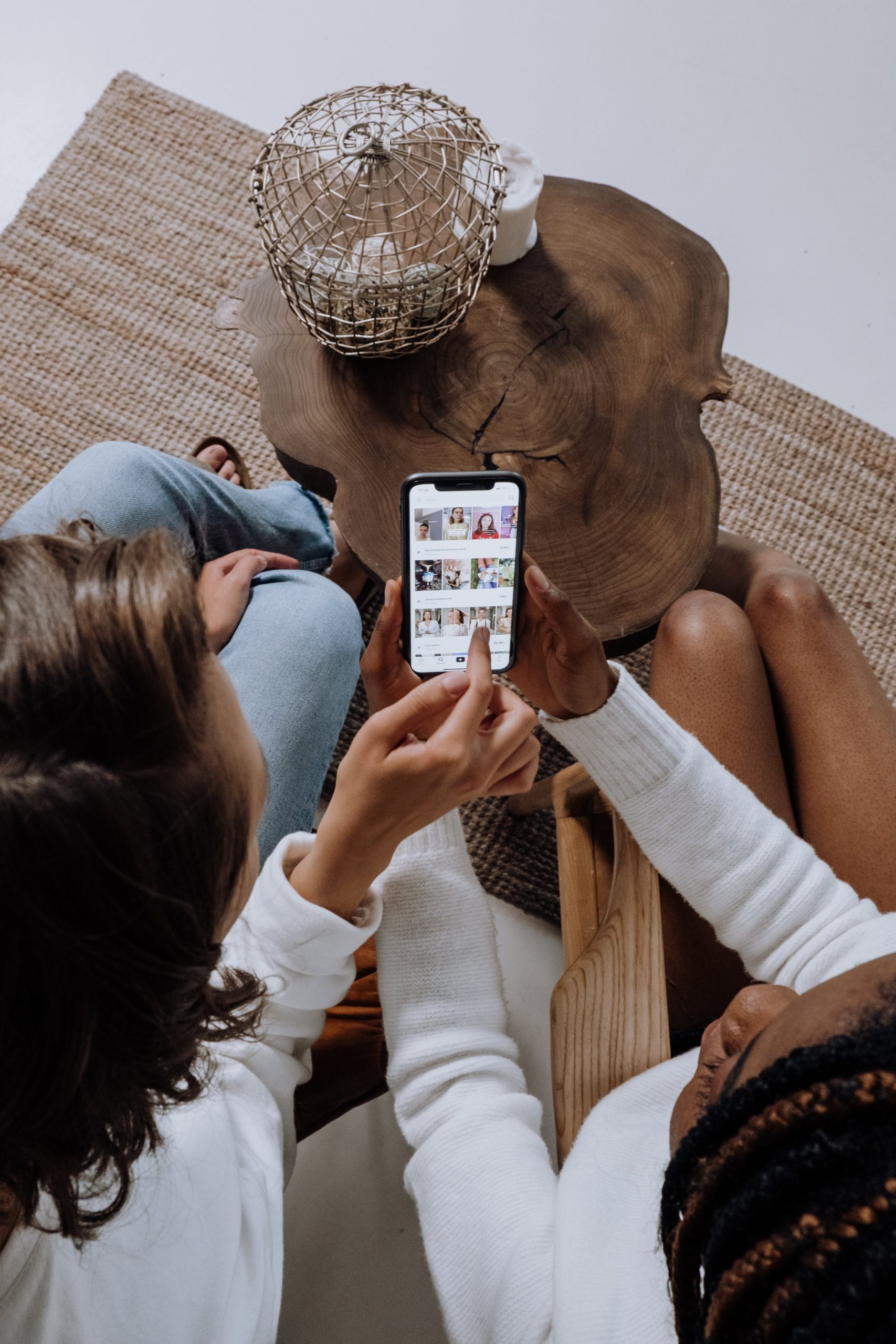Dangerous distraction or the key to classroom creativity?
The popularity and success of TikTok lie in its simplicity. A video-sharing social networking platform that allows users to post videos no longer than 60 seconds (following on from its predecessors, Musical.ly and Vine), TikTok is a natural home for comedy skits, lip syncs, dances, and various hashtag-accompanied challenges. It could almost be described as a disruptive and democratised.
Since launching in March 2018, the app has catapulted into one of the most influential mediums of our times. Such is the cultural impact of the platform, that the most popular TikTokers can make up to $1 million (£700,000) per post via paid ads or through collaboration with external brands.







